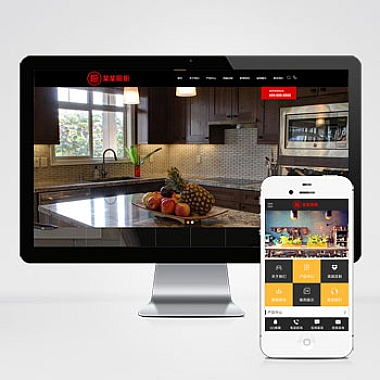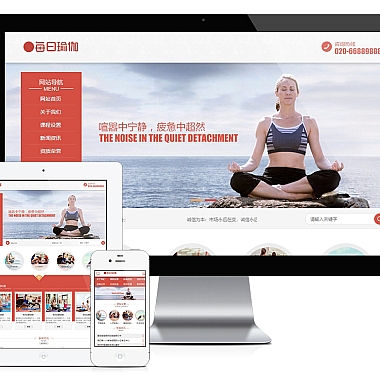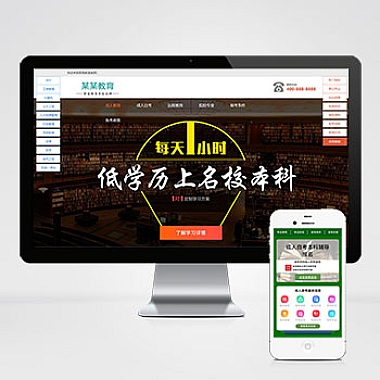《vue3插槽使用方法》
解决方案
Vue3的插槽(slot)机制为组件提供了强大的内容分发能力,使得父组件可以向子组件传递定制化的内容。通过定义具名插槽、默认插槽、作用域插槽等方式,能够灵活地构建可复用且高度定制化的组件。
一、默认插槽
这是最简单的插槽形式。在子组件中使用<slot></slot>标签来定义一个插槽位置。
例如有一个名为ChildComponent的子组件:
```vue
// 省略其他代码
在父组件中使用时:
这里是插入到子组件默认插槽的内容。
import ChildComponent from './ChildComponent.vue'
</p> <h2><h2>二、具名插槽</h2></h2> <p>当需要在子组件中定义多个不同位置的插槽时,可以使用具名插槽。在子组件中给<code><slot>标签添加name属性来区分不同的插槽。 ```vue// 省略其他代码
父组件使用:vueimport ChildComponent from './ChildComponent.vue'这是头部内容
这是主体内容
这是底部内容
三、作用域插槽
如果想把子组件的数据传递给父组件的插槽内容,就可以使用作用域插槽。在子组件中给<slot>标签绑定数据。
```vue
import { ref } from 'vue'
const user = ref({
name:'张三',
age:20
})
父组件使用:
{{slotProps.user.name}}
{{slotProps.user.age}}
import ChildComponent from './ChildComponent.vue'
```
以上就是vue3插槽的一些常见使用方法,在实际开发中可以根据需求选择合适的方式。











